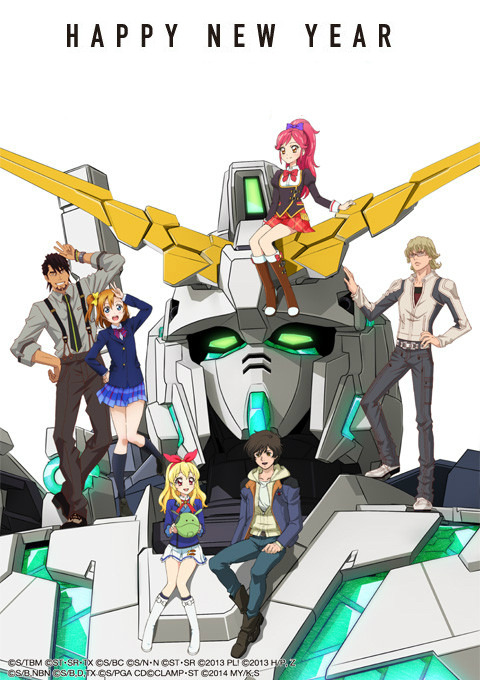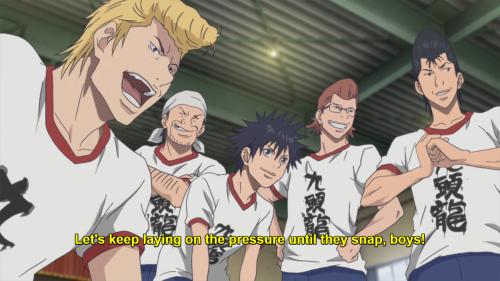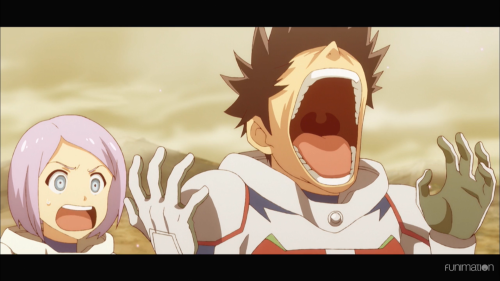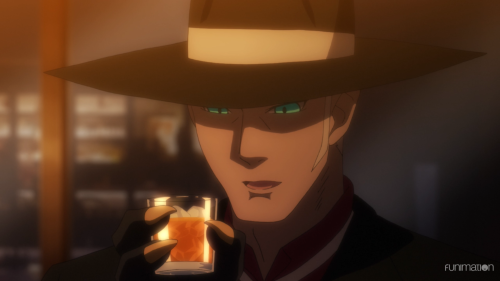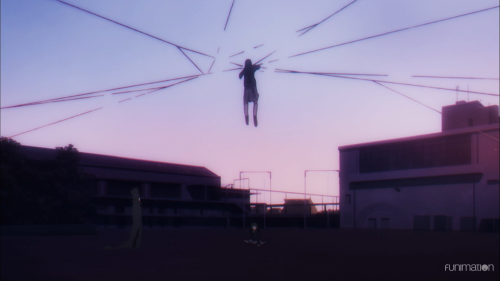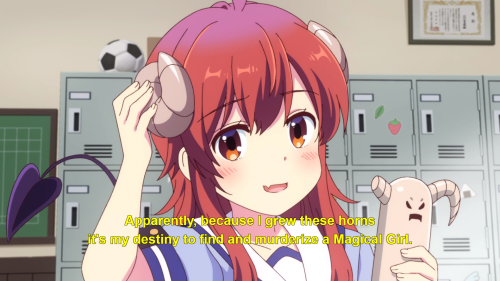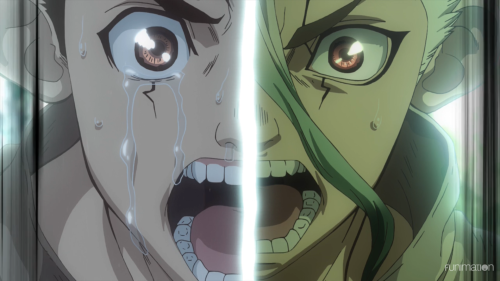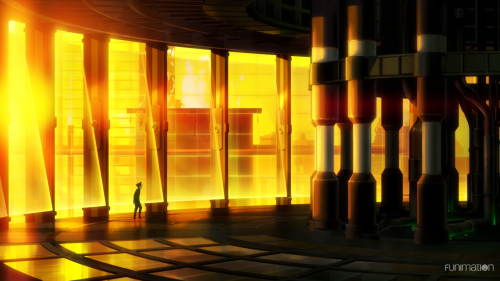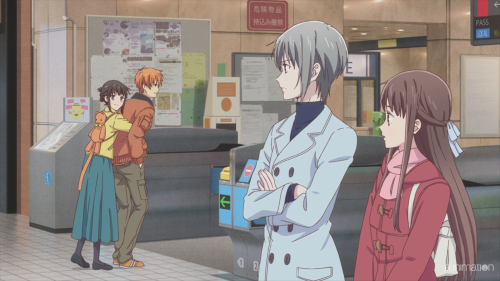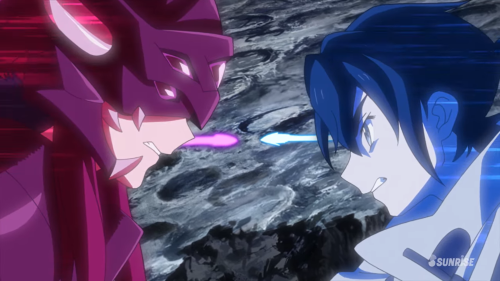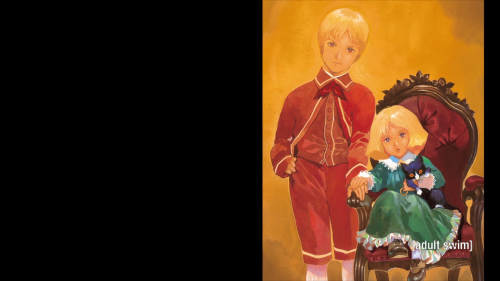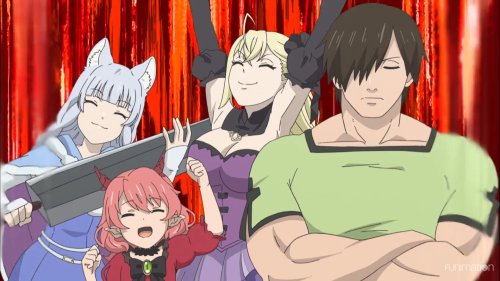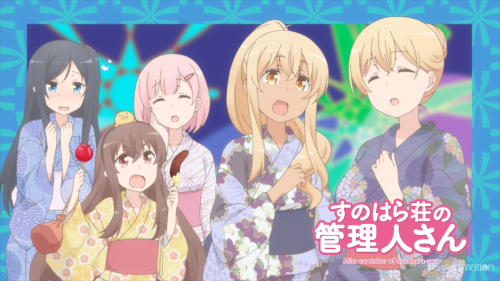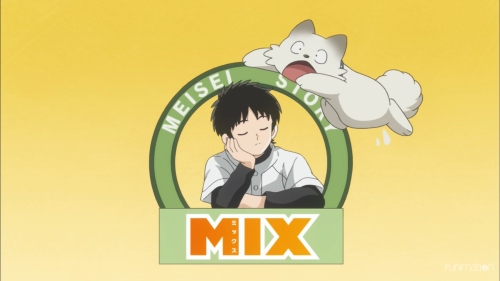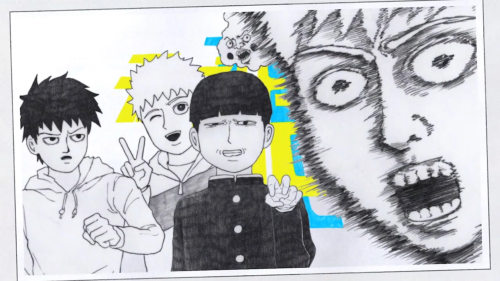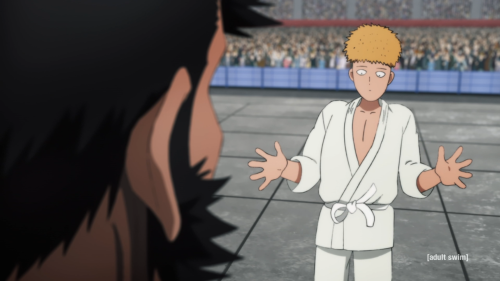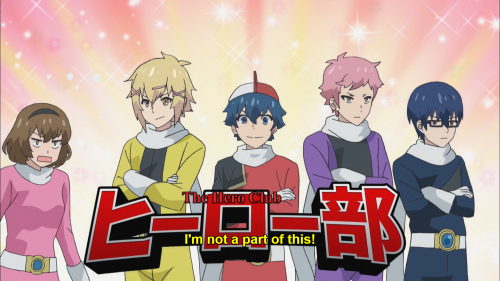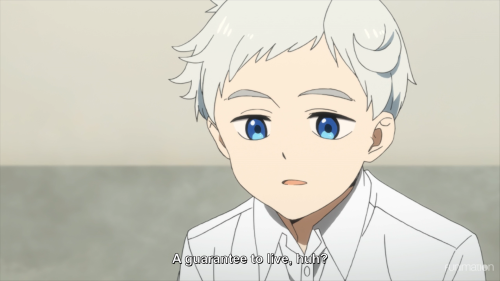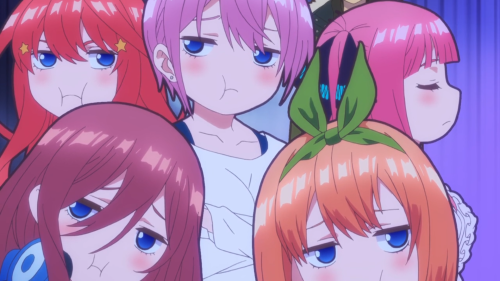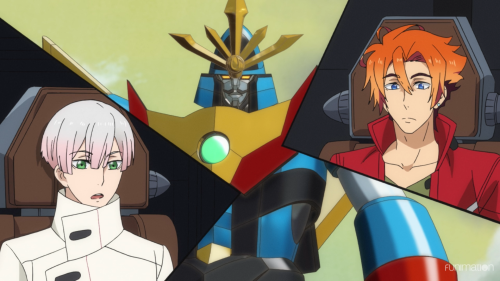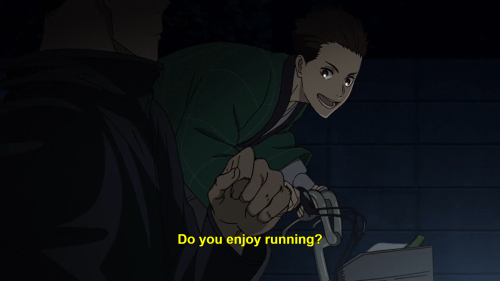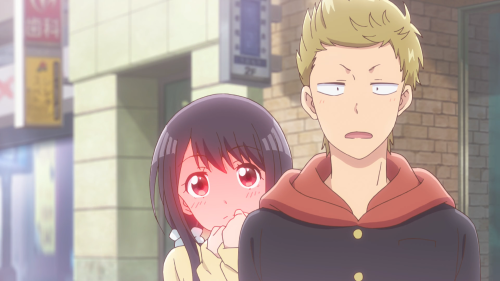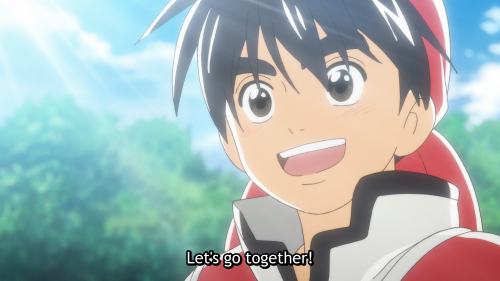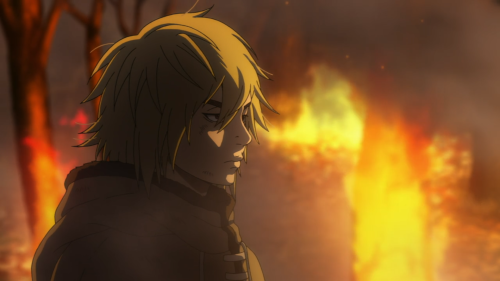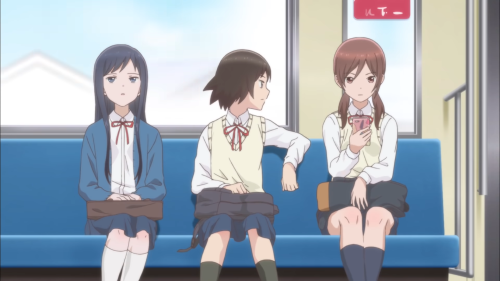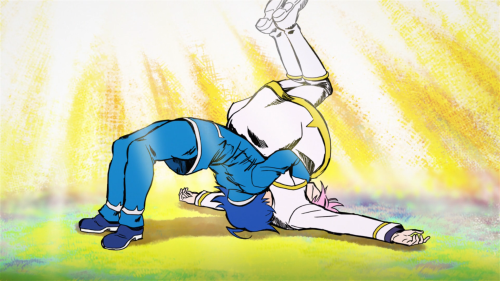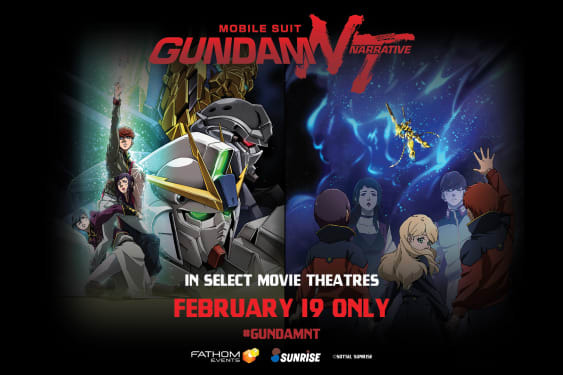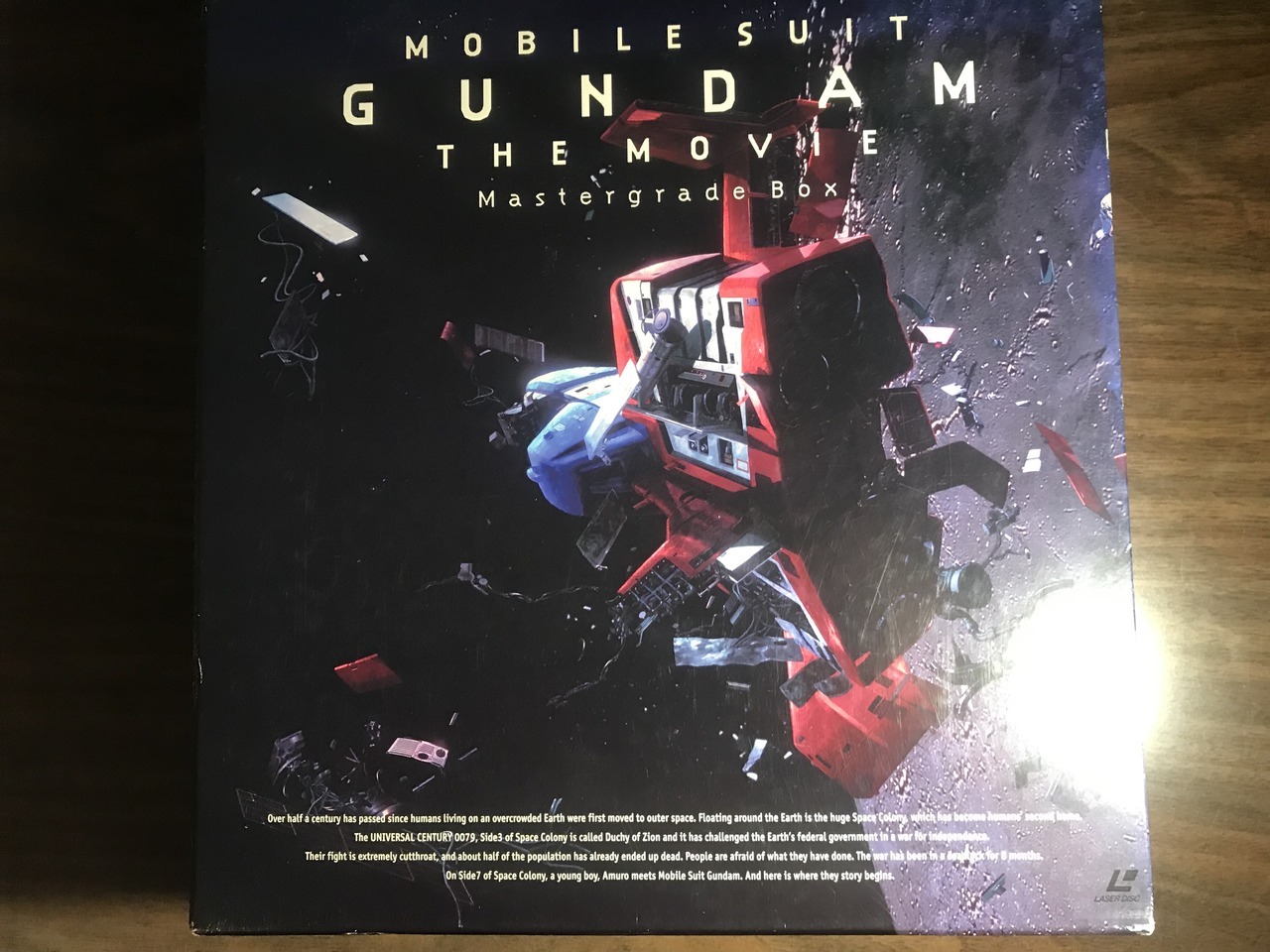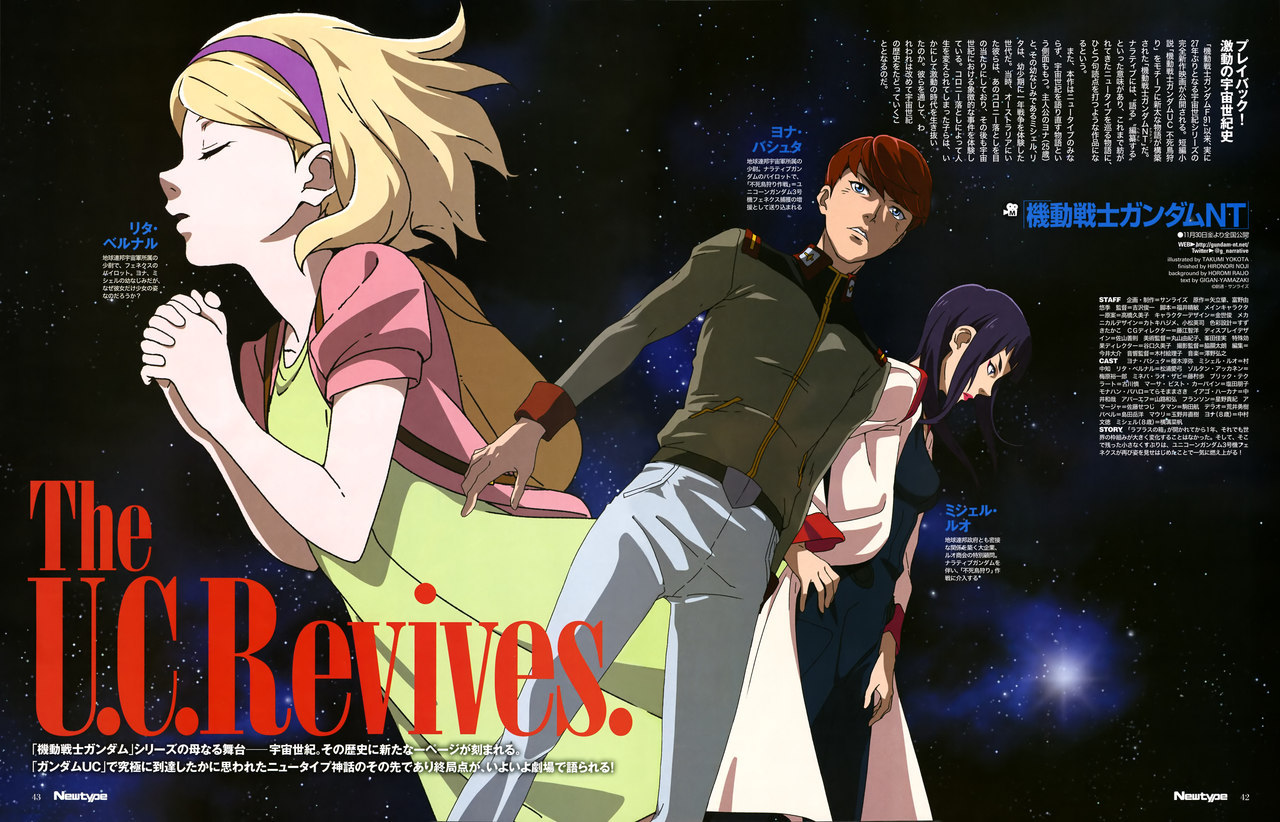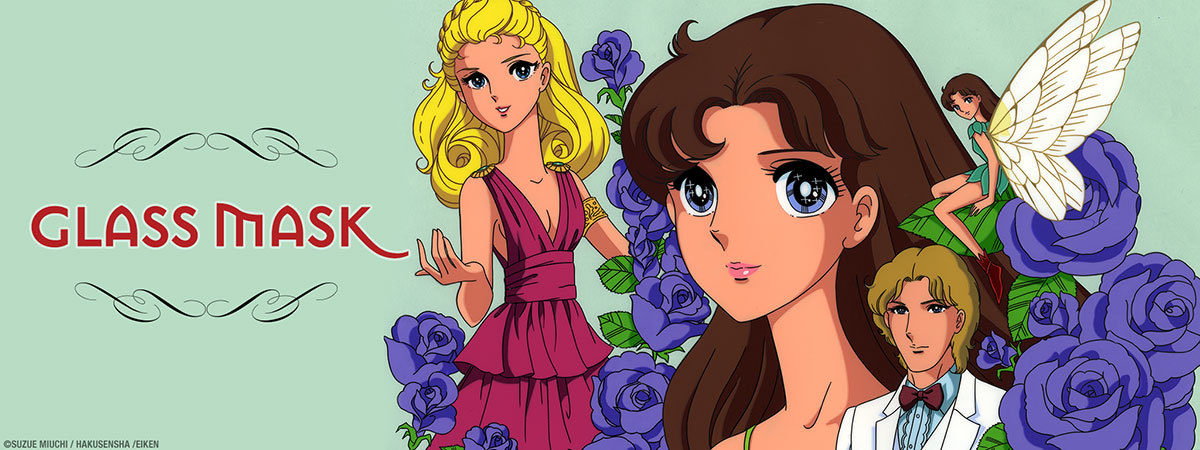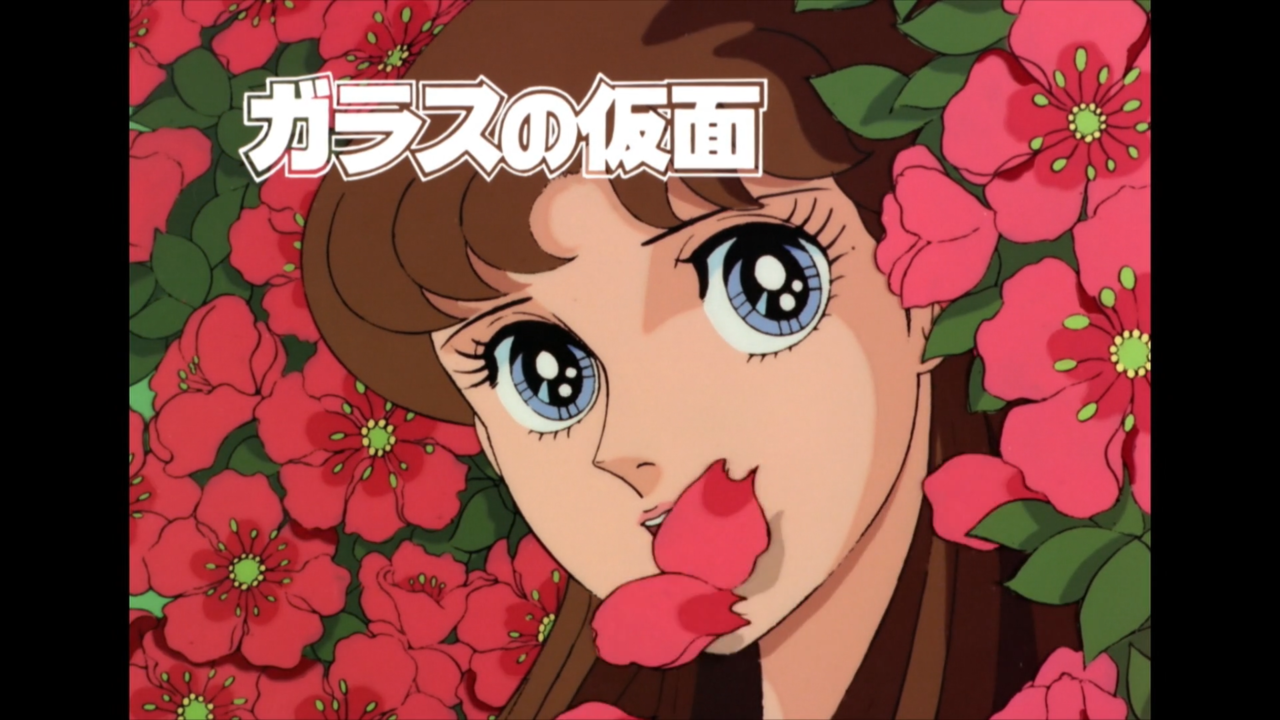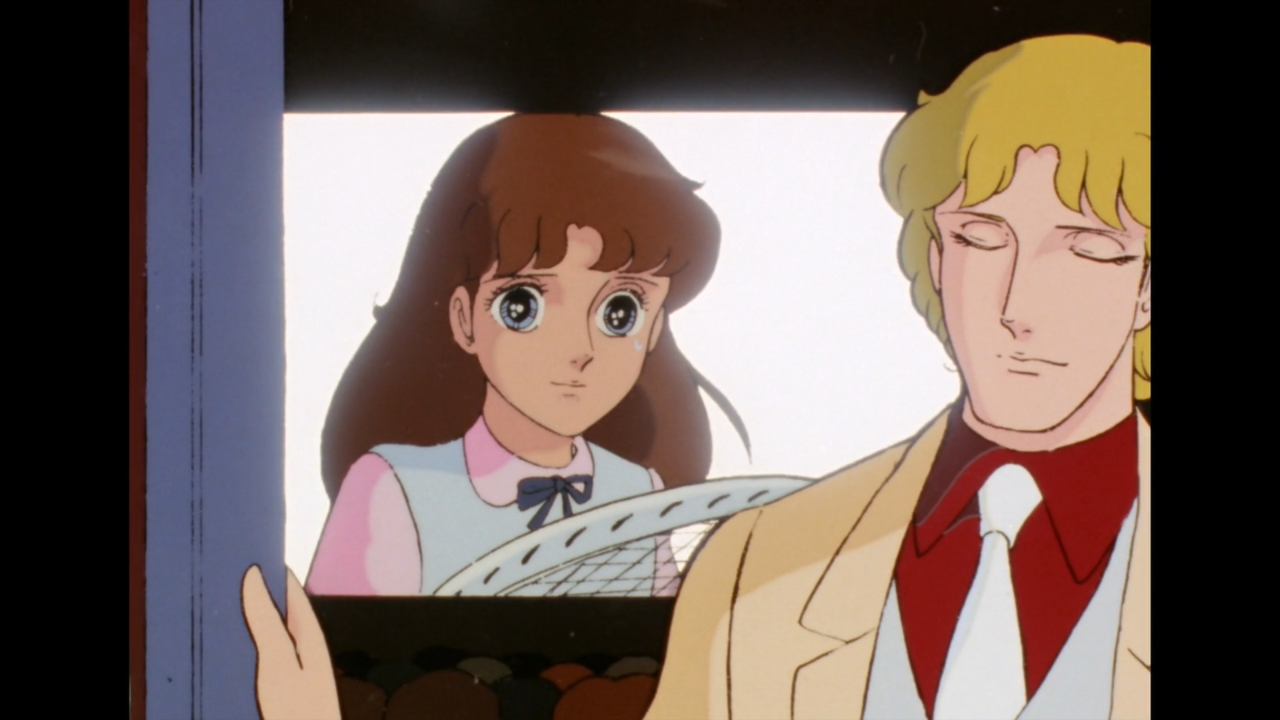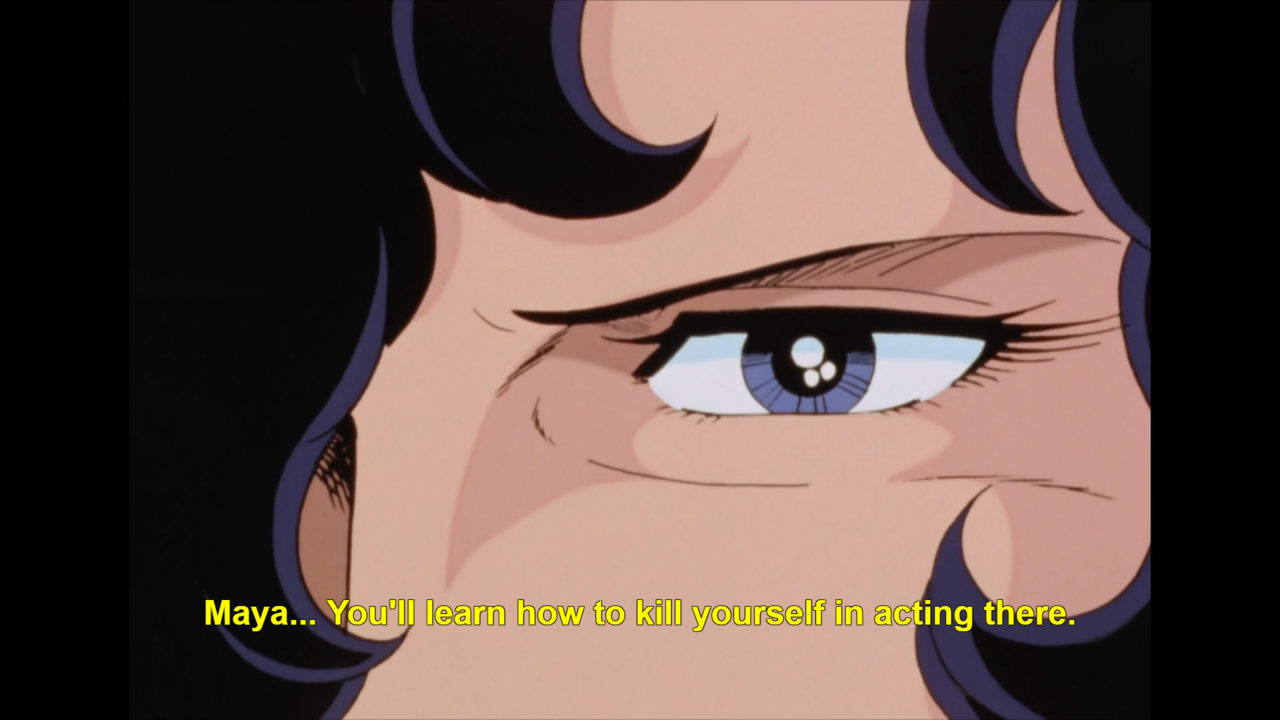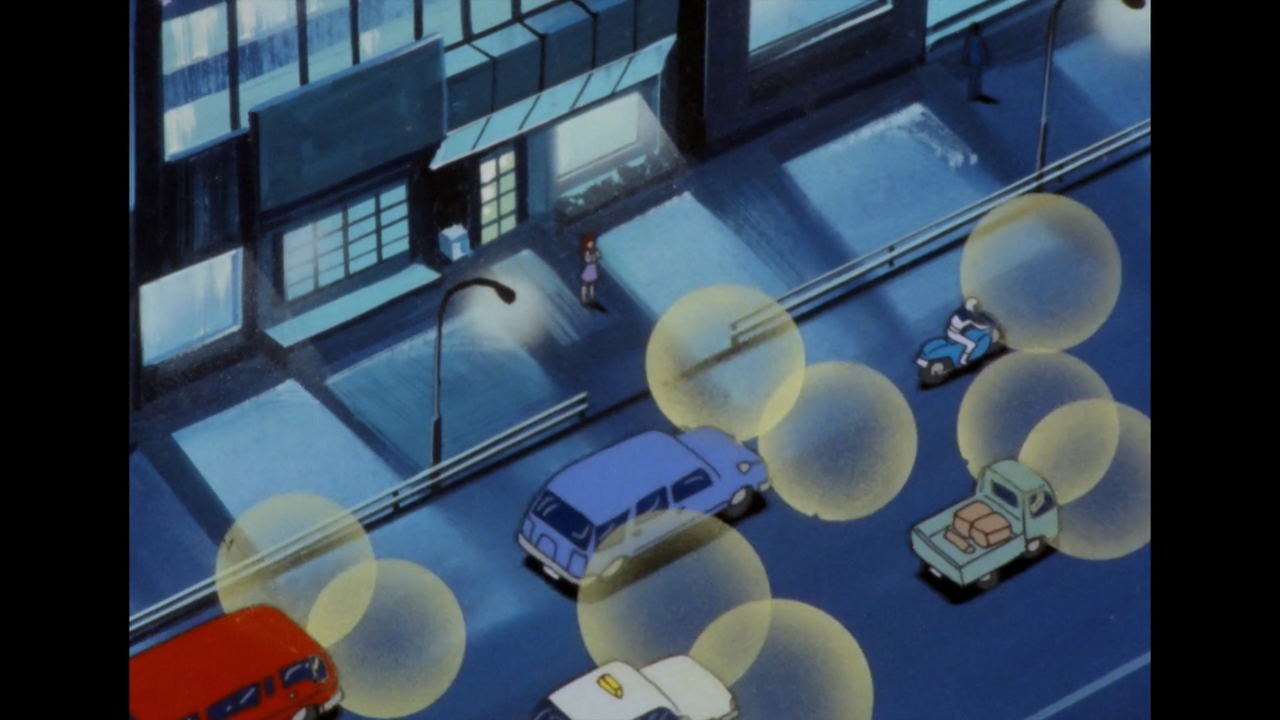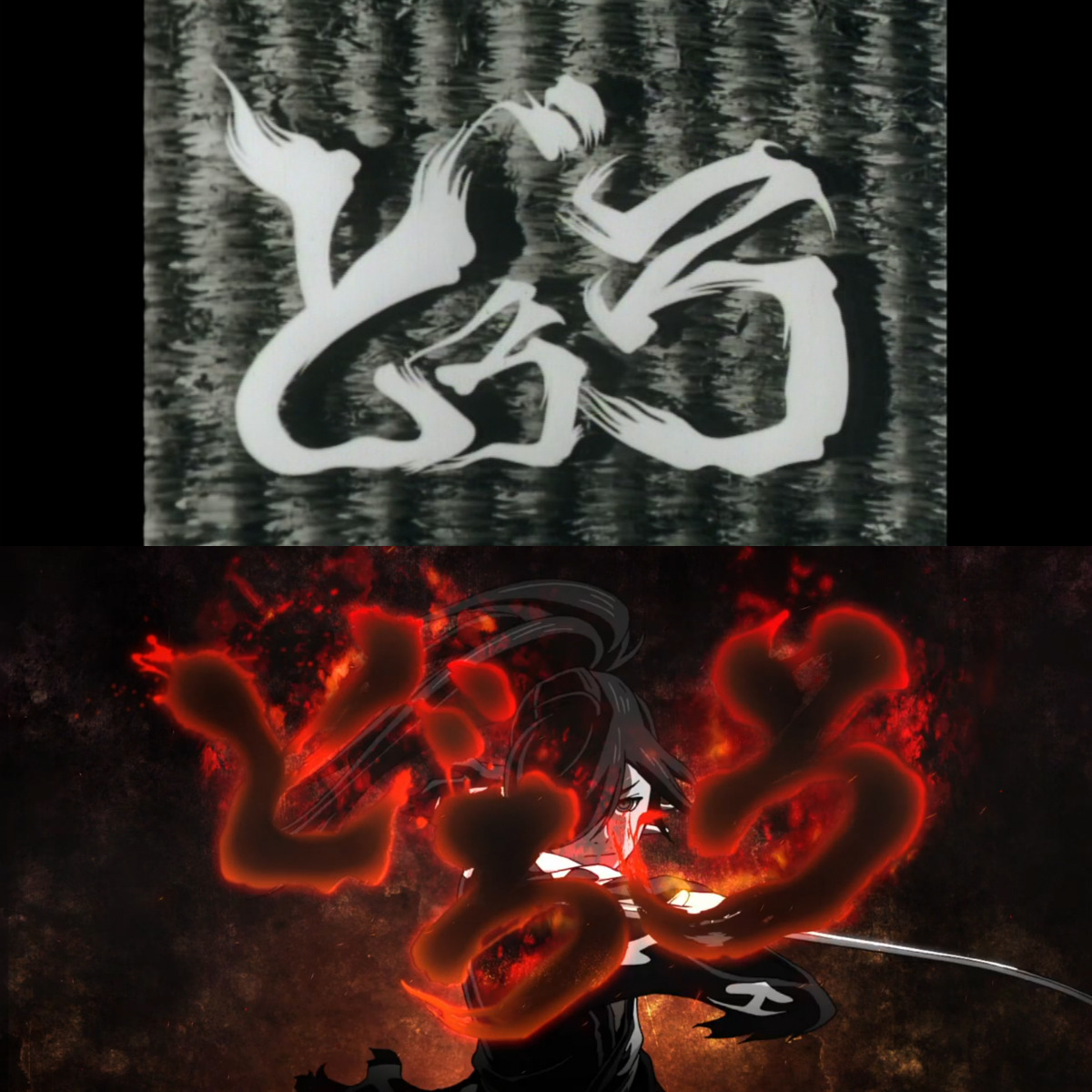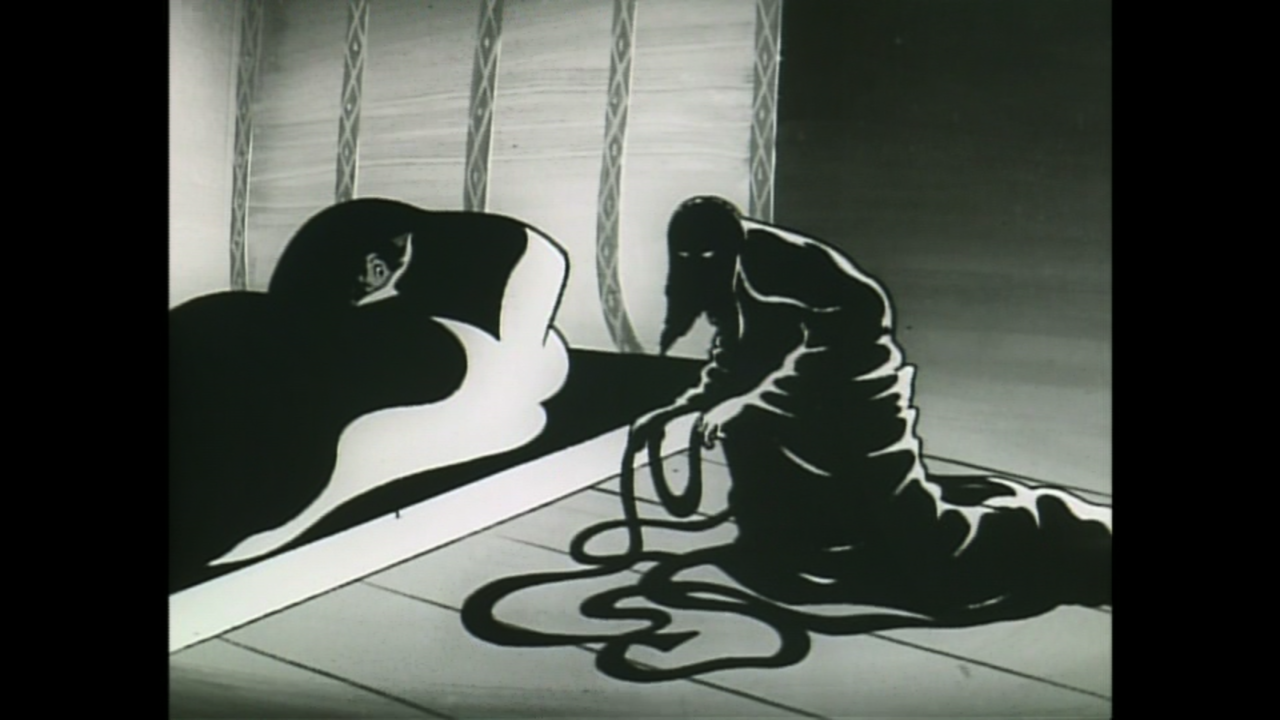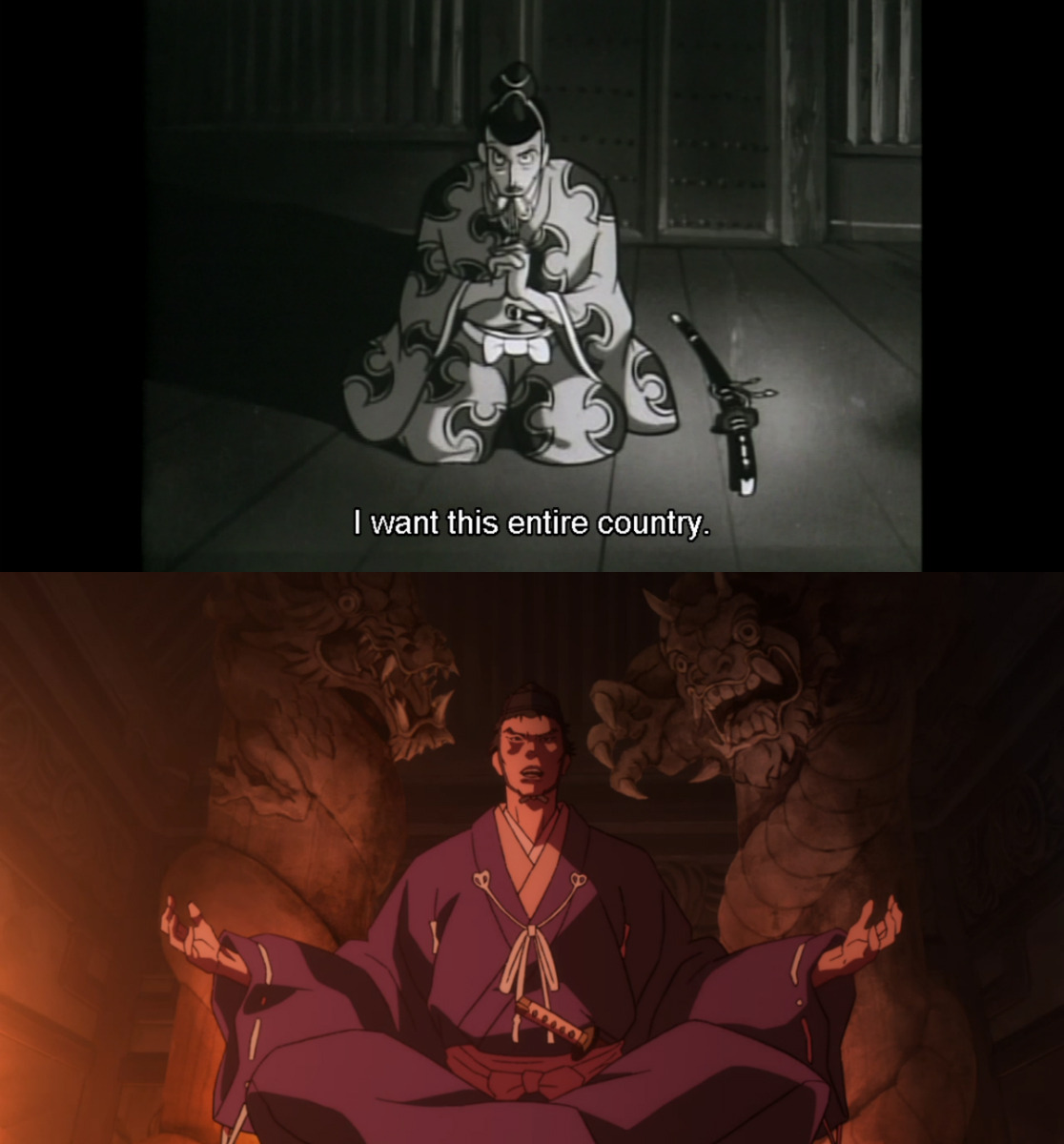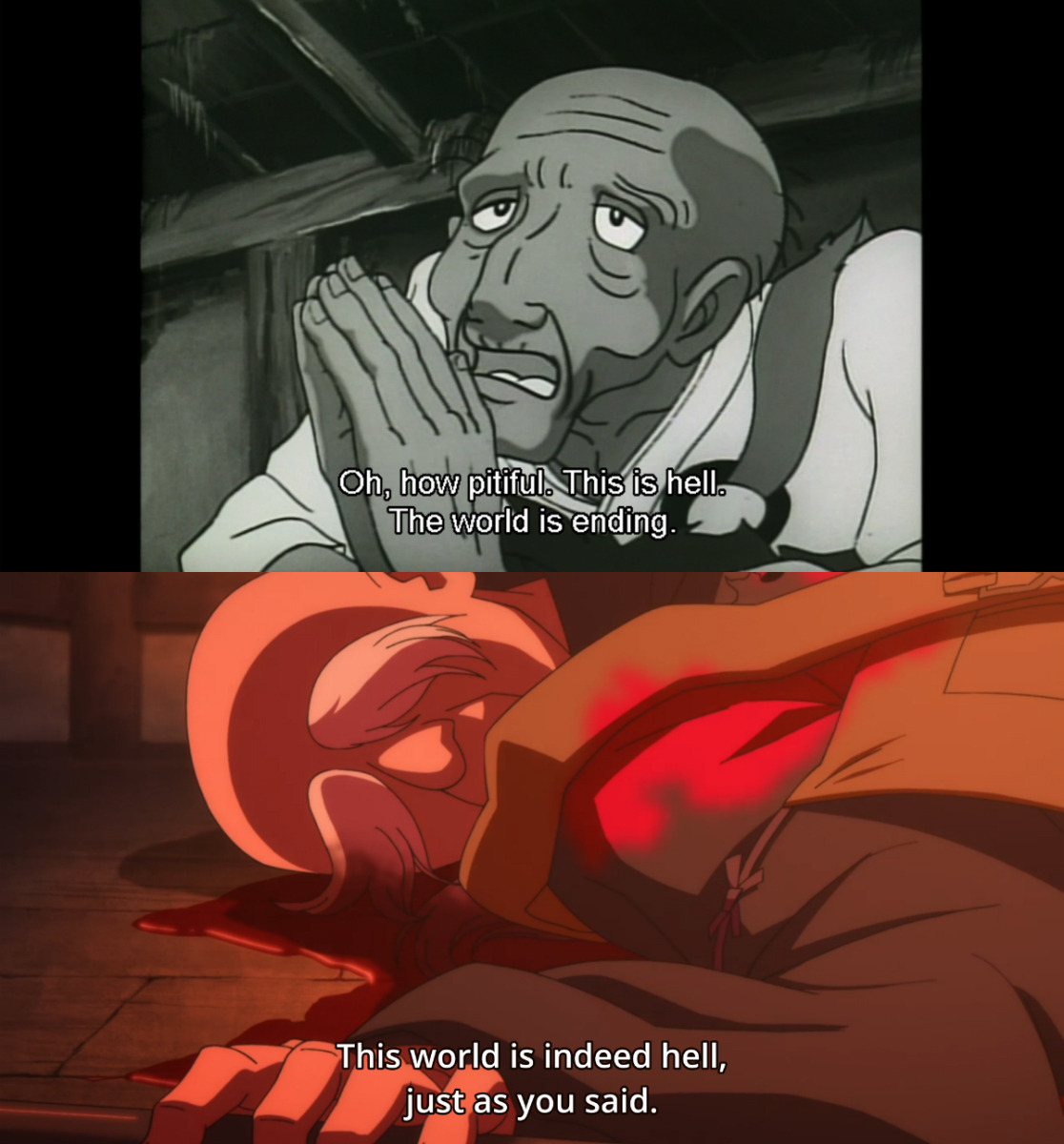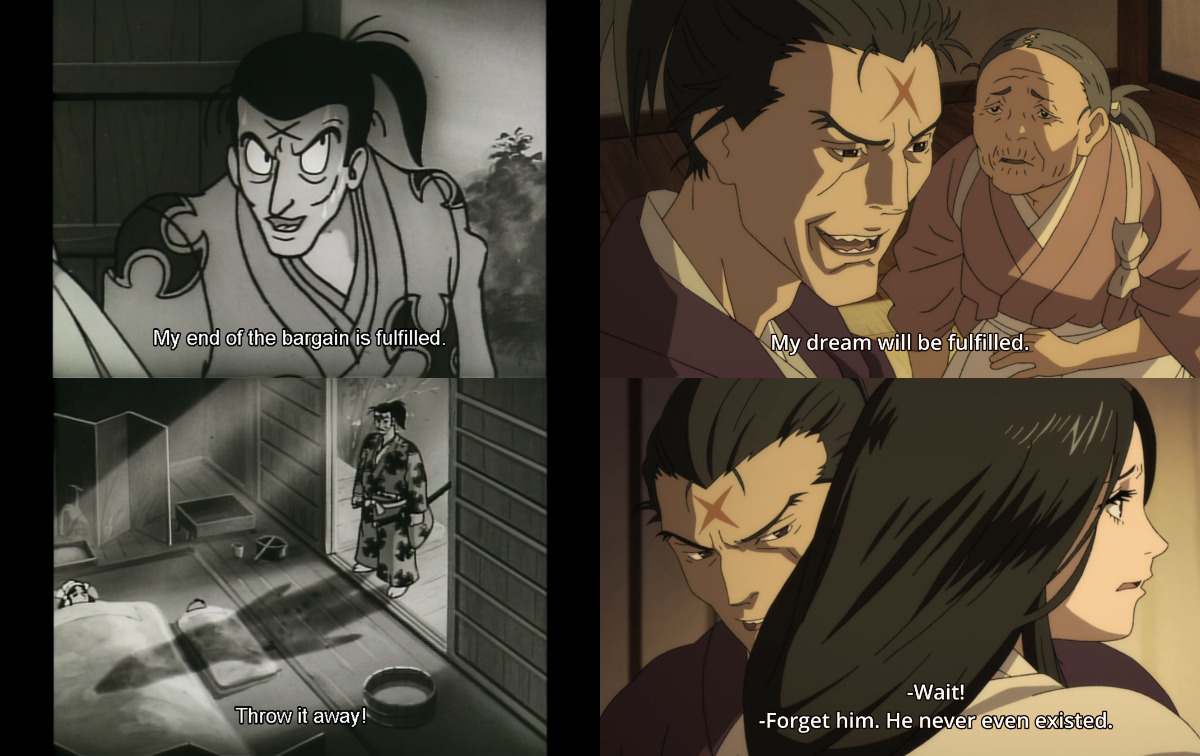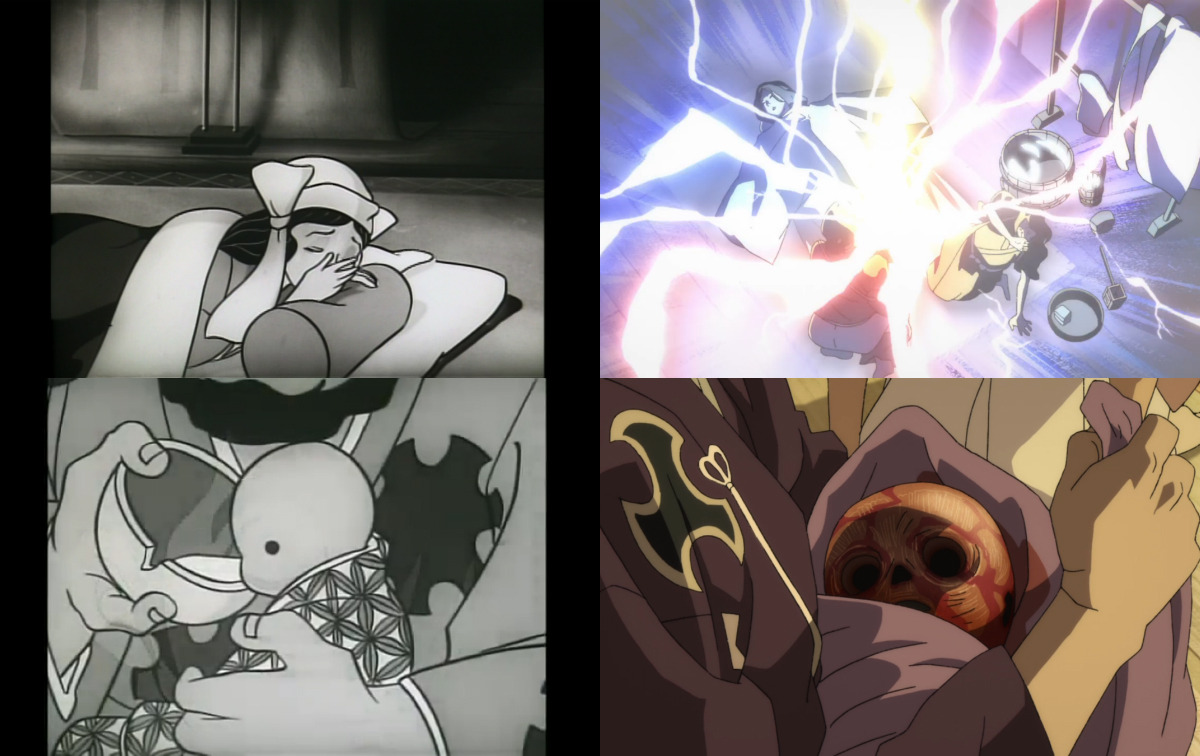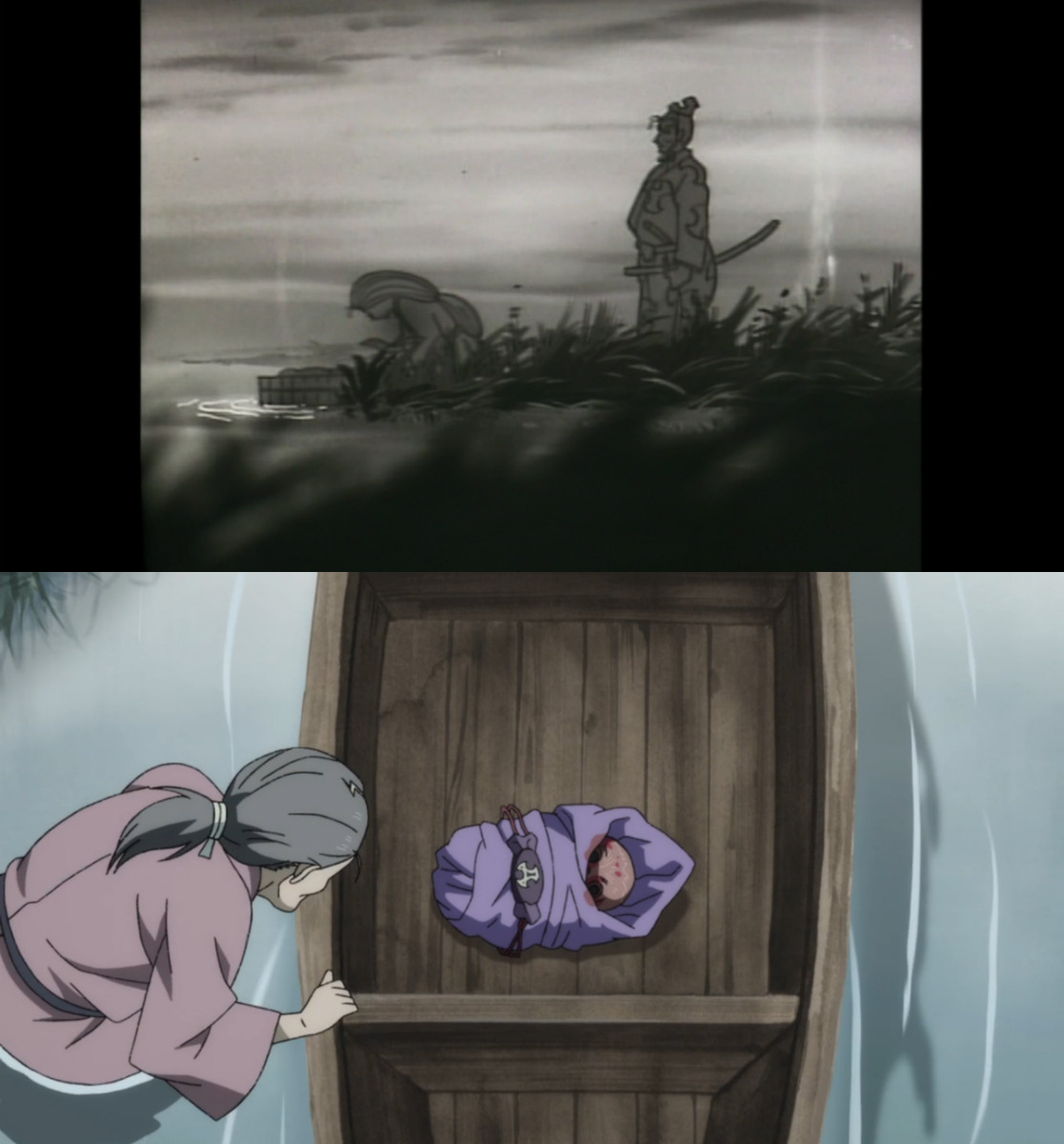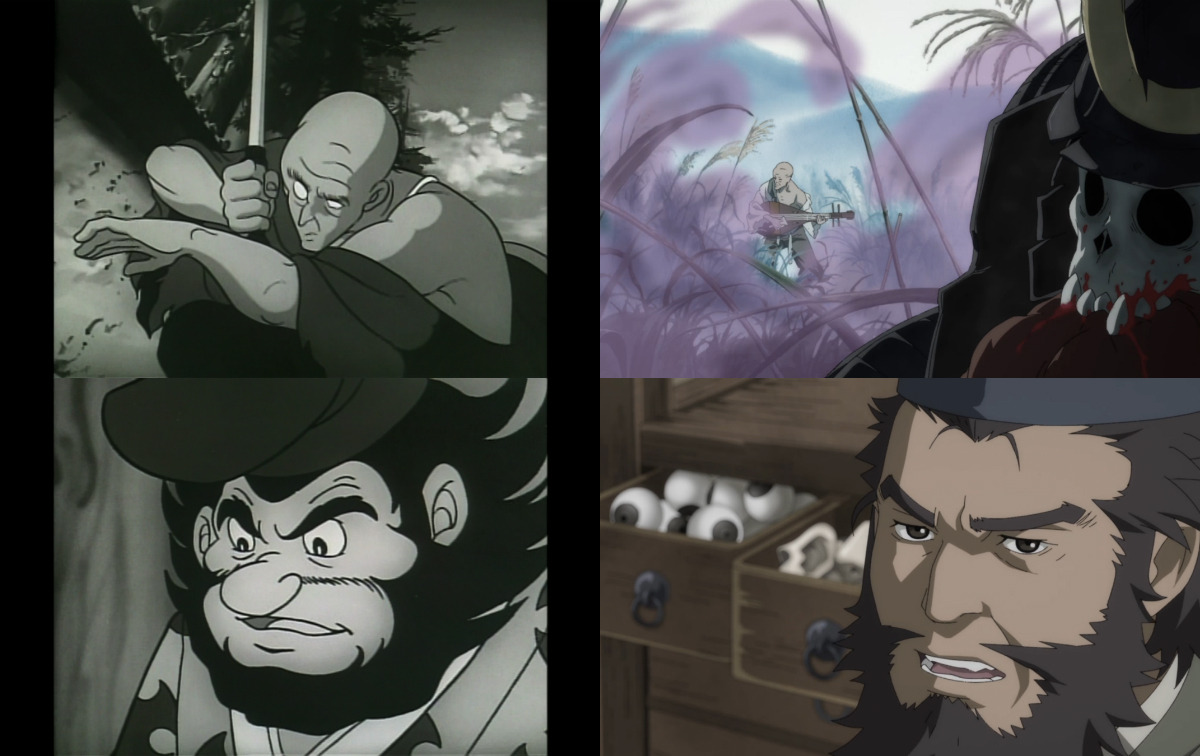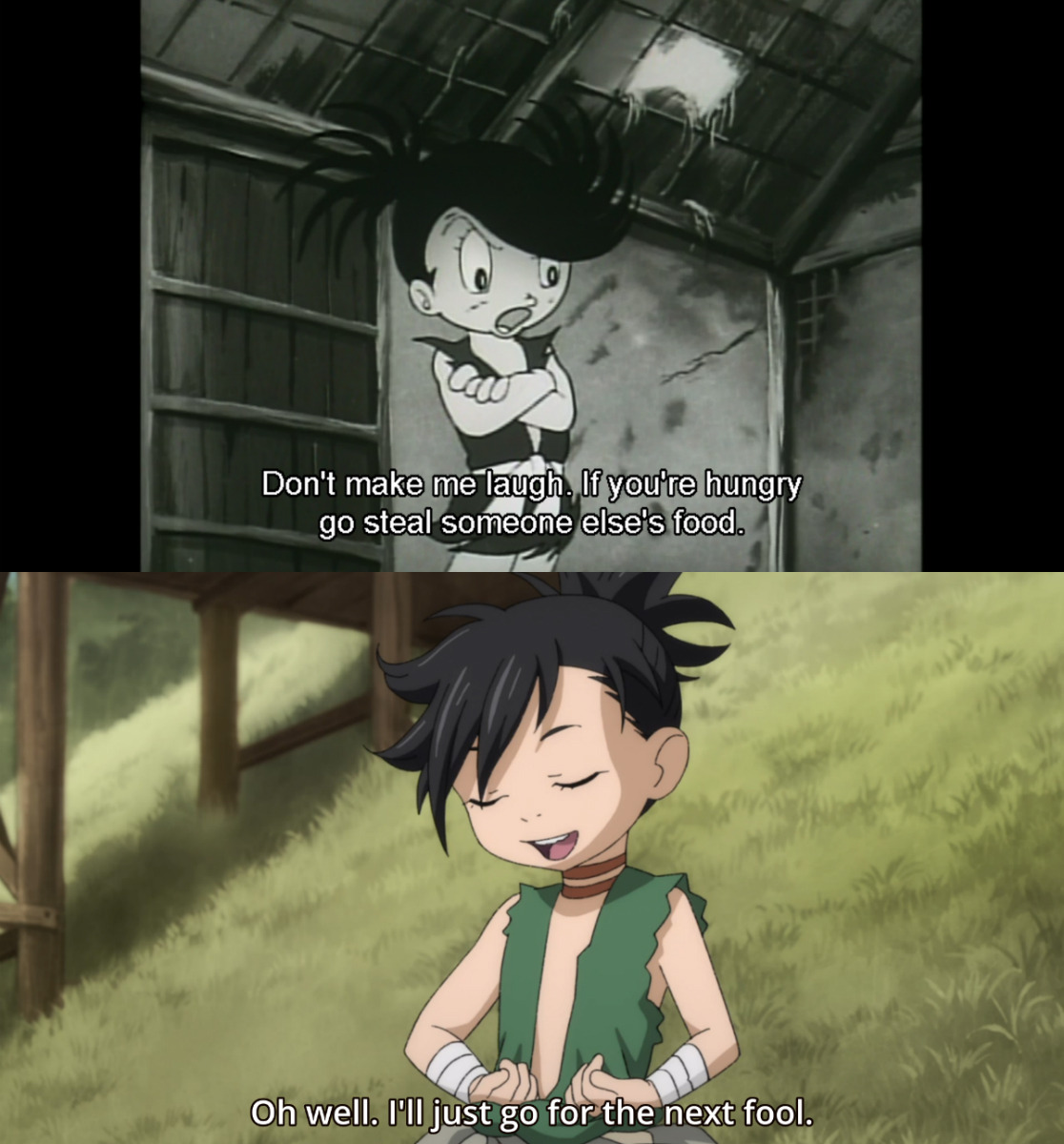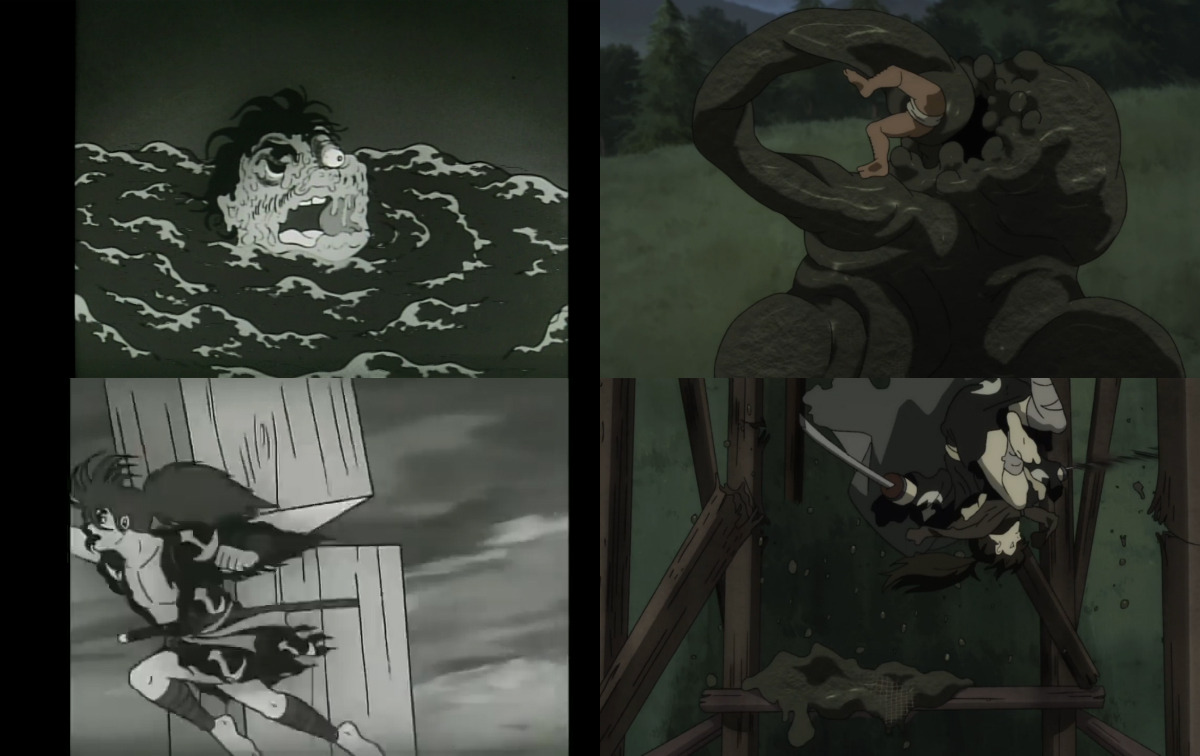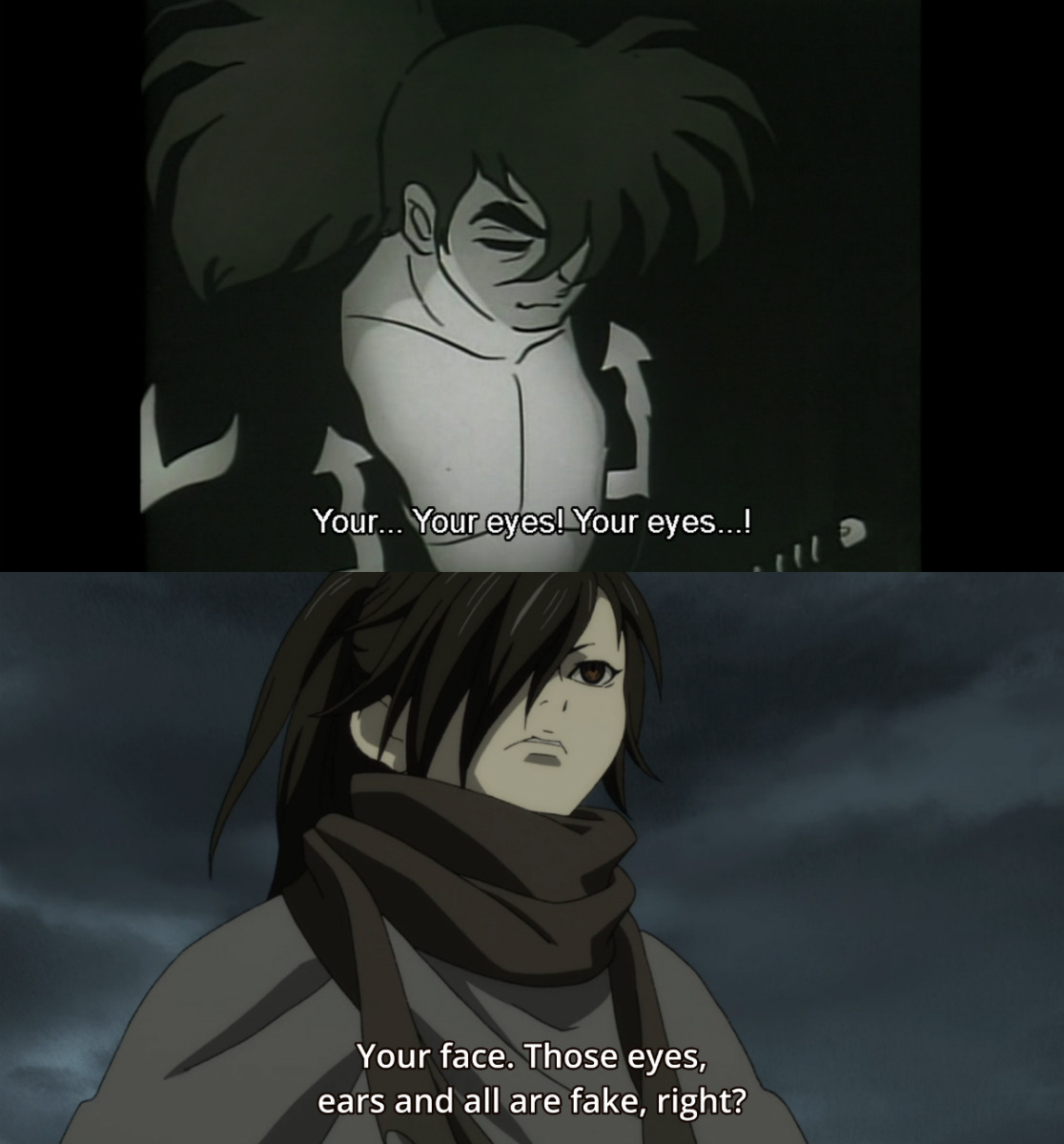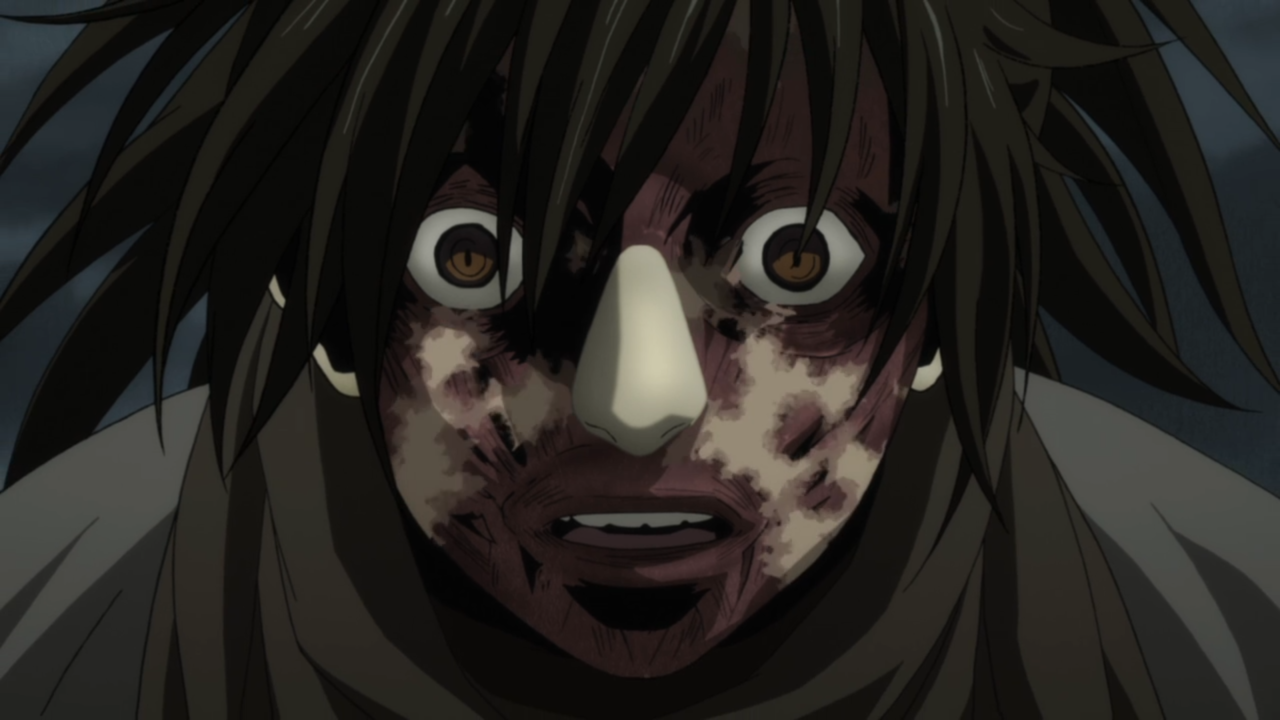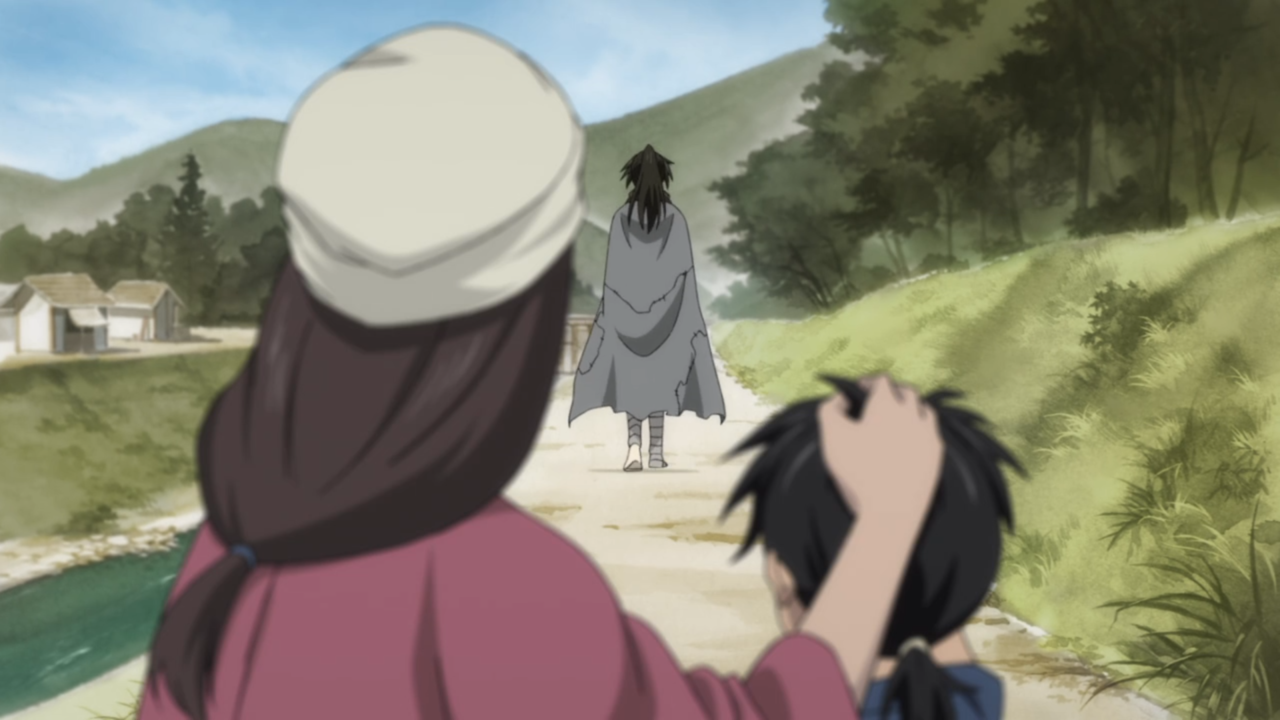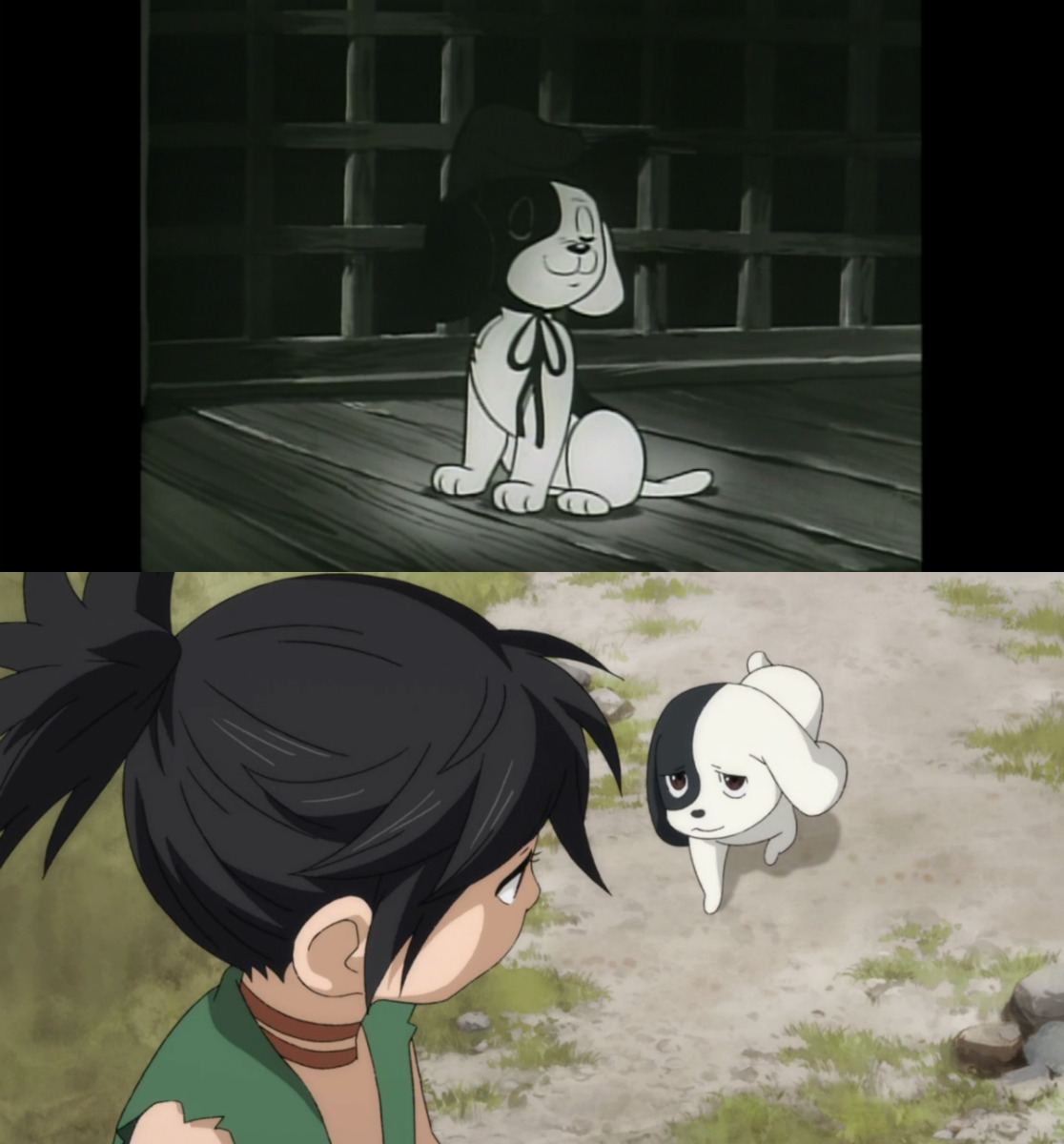This is the second half of my Favorites list for 2019. If you wanna see my video game picks then refer to the prior blog entry.
This year had tons of wonderful and great animes, and really reminded me again why I love the medium so much. While my game play time did suffer quite a bit this year I was mostly able to keep up with every anime season of 2019 and really soak up as many shows as I could. There aren’t really any major rules to my list other than avoiding long-running anime a la Black Clover or Pokémon and the like. The only reason for this is so I can focus on the seasonal shows that may get swept away with the passage of time. If I included all the never ending shonen animes I love this freaking list would be crowded to the brim with it after all.
So without further ado, let’s check out some great anime.
Ahiru no Sora
The main character Sora Kurumatani is an incredibly short high school freshmen with dreams of joining his school’s basketball team. Unfortunately the school’s basketball club is comprised entirely of dangerous delinquents who have all taken over the club and use it as their hang-out because of the school’s policy that every student has to join a club. Undeterred Sora tries his best to get into the club and stand up against the delinquents who run it, and maybe just hopefully help them turn over a new leaf and become actual basketball players in the process.
This has been a pretty fun sports anime, that also veers somewhat into the “yanki” genre of manga and anime too with tons of fist fights, blood, and beat-downs in-between the times the characters do play b-ball. The series really gives off a lot of 90’s anime vibes despite its more modern aesthetic (a great opening theme from the Pillows certainly helps in that regard too) and I’ve been having tons of fun with this one each week. It is scheduled to run for a total of 4 cours so it’s taking its time and really establishing the entire cast so well. And watching Sentai’s dubcast of the anime has been delightful too, I love they really ran with the delinquent characters and aren’t afraid to swear up a storm and drop F-bombs regularly, it’s just tons of fun to listen to.
Astra Lost in Space
This has been a pretty fun sports anime, that also veers somewhat into the “yanki” genre of manga and anime too with tons of fist fights, blood, and beat-downs in-between the times the characters do play b-ball. The series really gives off a lot of 90’s anime vibes despite its more modern aesthetic (a great opening theme from the Pillows certainly helps in that regard too) and I’ve been having tons of fun with this one each week. It is scheduled to run for a total of 4 cours so it’s taking its time and really establishing the entire cast so well. And watching Sentai’s dubcast of the anime has been delightful too, I love they really ran with the delinquent characters and aren’t afraid to swear up a storm and drop F-bombs regularly, it’s just tons of fun to listen to.
Astra Lost in Space
The newest series from Shonen Jump alum Kenta Shinohara, Astra Lost in Space is just what you would expect from the creator of SKET Dance: a hilarious romp through space with a great group of characters that all carry heavy emotional baggage. The series really does remind me tons of SKET Dance, except set in outer space instead of high school, and I am all for it. I laughed, I cried, and I racked my brain behind the main mystery of the series. Just who stranded these kids in space, and why did they want them dead?
The mystery element is perhaps the most unique twist on Astra that sets it apart from most of Shinohara’s earlier works in Jump, and while no Sherlock Holmes or anything, it is still fairly a fun component of the series that pushes the adventures of the young crew of the Astra beyond just being episodic romps. Definitely recommended for anyone who enjoys comedy and space travel stories.
BEM
The newest entry in the long running Humanoid Monster Bem (Yokai Ningen Bem) franchise that started life in 1968 during the yokai boom largely created by GeGeGe no Kitaro’s huge success. The series has definitely played second fiddle to its clear influence Kitaro, but is a fairly beloved franchise that has still gotten multiple iterations of its own.
What largely separates Bem from Kitaro is its more science fiction based monsters over the old fashion folklore creepies from Kitaro, and the three protagonists of the series: Bem, Belo, and Bela. These three “humanoid monsters” appear almost human enough but are still freaks in a conventional sense and do not fit into society. Despite being shunned by humans they still choose to protect humanity from other monster attacks in hopes that one day if they do enough good deeds they can be reborn as human too and finally fit in.
This newest series places a lot of narrative focus on the titular Bem, the leader of the group, who honestly was never all that fleshed out in part iterations and sometimes even played second fiddle to the younger member of the trio Belo who probably connected to the younger audience more. This really separates Bem from pasts series as it’s a lot darker and more mature. I would really love to analyze all the animes at some point in the future.
The previous Boogiepop anime series from over 20 years ago now, Boogiepop Phantom, is one of the all time great A E S T H E T I C animes, with absolutely chilling horror, downright mystifying and confusing plots, and a heep ton of gore. It’s one of my favorites and it’s also entirely non-canon to the original light novels and is instead a stand alone original anime series. So how does the actual adaptation of the Boogiepop books far then? They’re all right.
Boogiepop and Others lacks much of the aesthetic nature of the original Phantom series, and keeps a tone that is more consistent to its source material. It’s a series that starts a lot slower and is much more down-to-earth in the beginning before revealing all its pieces and getting into the supernatural aspects. Once it gets going however I found I really enjoyed this more accurate Boogiepop adaptation. Shingo Natsume is a fantastic director and the anime is incredibly gorgeous with his adept work on the series, and the general atmosphere is strange and creepy, and fairy creative without ever going full on horror anime.
When I read the initial synopsis for this anime; “a young girl wakes up to discover she inherited demon powers and must now fight against magical girls in order for her clan to be lifted from its curse” I almost downright dismissed it and passed on it because I thought it was being played straight. However I gave the first episode a shot out of curiosity and quickly discovered it was actually a comedy series. A huge spoof on the Magical Girl genre if you will. And a damn good one.
What really separates Machikado Mazoku from the rest of the millions of Magical Girl comedies is how sincere its protagonist is and how low stakes the relative series turns out. Yuko, or Shadow Priestess Yuko, or Shamiko for short (a nickname she despises) is such an airhead and klutz. She can’t accomplish anything and instead of fighting magical girls she ends up befriending the only two she meets. This is such a relaxing and fun series and most people probably missed it because of the Hidive exclusive streaming rights.
Dr. Stone
Dr. Stone was always one of the newer Shonen Jump hits I was curious about but never got around to reading–largely thanks to my rule to not touch anything in Jump until I am certain it won’t be axed. So many bad memories. So many manga I loved dying. Ah-hum, excuse me then. Anyways I heard incredible things about the series, especially from one friend in particular and once it got an anime announcement I was so excited. TMS did a fantastic job adapting everything as far as I can tell too, and the anime has been wonderful.
Perhaps the most impressive thing to me about the series so far is how it isn’t reliant on battles or typical power scaling escalations like a lot of Jump titles are known for. Instead this is a fun adventure series, that largely focuses on science and the power of friendship and I can really get behind that.
Fire Force (En'en no Shouboutai)
Fire Force came on the scene and dazzled everybody early on in its run with amazing production values and insane fight choreography and animation but as the series went on it got a sort of reputation for being fairly bland and not nearly as gorgeous as when it started. And I kind of hate that. I actually thought the series has looked great throughout its entire run–sure maybe some episodes aren’t action packed exploding set pieces, but the general direction and story-boarding in the show is always beautiful and great looking. There’s an expert eye on the lighting, and each scene flows into each other wonderfully. I also greatly respect and love the slower and more somber pace of the episodes–it really lets all the drama soak in, and you get a feeling that this world the characters live in is not great; it’s fairly suffocating actually, even without all the fires.
As far as the plot goes, well I suppose that is more subjective; I certainly cannot argue that it is a wholly original story with groundbreaking characters, but I will argue that for what it is it works well and is enjoyable. The cast is fun and interesting, and all have great chemistry with each other, especially Shinra and Arthur who easily carry a lot of the show with their constant bickering despite being allies. I am really happy to see it getting a second season next year.
Fruits Basket (2019)
This is the second adaptation of the popular shoujo manga and a very accurate one at that. Pretty much any fan of the series will easily tell you how the original 2001 anime infamously upset the creator so much because of the changes it made from its source material (both big and small) that she denied any attempts at a sequel. It is definitely no surprise that this anime plays its cards incredibly loyal to its source material and it works great because of it since the source material is so good too.
Watching Fruits Basket again was like talking to an old long lost friend. It was such an enjoyable series to have back in my life and hearing Funimation’s almost entire original cast reprise their roles, even Laura Bailey as the protagonist Tohru, was just magical. This is very much a healing series and every episode felt like a weight was being lifted from my soul. I can’t wait for the future seasons, and I love they are going to adapt the entire manga this time!
Another new year, another new Gundam Build series. These entries have really started to become a regular part of Bandai’s release schedule and I am not complaining. Re:rise is a semi sequel of sorts to last year’s Build Divers, a show I put on my favorites list a year ago too. Despite this you thankfully do not need to watch the previous show to fully understand Re:rise, as it is largely just set in the same world and instead has its own original characters and disconnected plot.
And what a plot it is! Re:rise’s plot is fantastic, and its characters are so much fun with great chemistry. Re:rise’s cast is the oldest group of protagonists we’ve really seen in a Build series which gives it a much more mature tone than all the previous entries, with higher stakes that mean more than they ever have in a Build series. This show honestly on par with the main Gundam series at times and it drew me in so much. I loved every episode and want more, and hate that it ended up being split cour and we have to wait! The last two episodes of Re:rise particularly are huge gut punches that push the show beyond all expectations and really stick with you. This might just be my love for Gundam but this was easily one of the best animes I watched all year.
Gundam The Origin: Advent of the Red Comet
So is this cheating? Technically speaking Advent of the Red Comet is just the original Gundam The Origin OVA series (2015-2018) sliced into a 13 episode TV show format. And I watched most of the OVA back when it was released already too (I still needed to catch the two Loum Arc episodes before this came out though). But goddamn, rewatching all of Origin again in TV show format was so excellent. So I don’t care! This was one of my favorite shows to catch each week, and don’t at me. YAS’ contributions on the Gundam universe simply cannot be overstated, and his work with Origin was so excellent and talented that it gives the entire series a feeling of true cinematic sophistication–something the original cast and crew all desperately wanted when they first created Gundam!
Also, it gave us the greatest Opening theme of the year and honored the 40th year anniversary of the legendary franchise while doing so. You can’t beat that.
In this isekai parody series the protagonist Genzo is a pro wrestler and animal lover aficionado summoned to another world to save it from the Demon King. When told that in order to do so he would have to slaughter countless magical beast he refuses and german suplexes the very princess who summoned him! There’s no way Genzo will ever harm any animal, they are far too precious. Trapped in a fantasy world Genzo makes the best of it by capturing and training all the magical beast and opening up a pet shop so they can find their forever homes. Even more hijinx ensure.
Kemono Michi is notable for being a new series by the creator of the beloved Konosuba, and it both shows and doesn’t show. Kemono Michi is another isekai parody series but it’s largely its own thing and a lot of humor is pretty different from what you would expect from Konosuba. People coming into the show looking for more Konosuba will probably be disappointed but for anyone just looking for a good laugh and don’t mind how different it really is they will have tons of fun. Genzo and crew are hilarious and the series’ genuine disinterest in the classic save the fantasy world plot is really refreshing. Sure the Demon King is out there slaughtering millions, but that’s not Genzo’s problem, somebody else can get on it, he’s busy trying to run a pet shop of his dreams.
Unfortunately said pet shop only sells the typical JRPG monsters you encounter and not real animals …
Miss Caretaker of Sunohara-sou
So this might be another cheat as Sunohara-sou did indeed originally air in 2018 however it was locked up in streaming prison and nobody could legally watch it until this year thanks to Funimation’s newest deal with Bibibili. I ended up really enjoying it this year and watched every episode back-to-back with Fruits Basket. As I mentioned earlier Fruits Basket is a healing kind of show and I felt the same for Sunohara-sou. It was a really relaxing and cute show that made me super comfortable and chilled out before I had to go in to work for my worst shift of the week.
Mix is the newest anime adaptation from the legendary manga-ka Mitsuru Adachi and also a sort of sequel to his seminal work Touch (1981-1986). Set thirty years after Touch and with a largely different cast of characters but still in the same town that Touch took place in, this series is fairly easy for anyone to get into but also extra rewarding for long time fans who will pick up on more smaller things that while not important are there in the background.
The brotherly relationship between Touma and Souma is what drives the core of the series and much like the twin protagonists of Touch Tatsuya and Kazuya their ambitions to make it to Koushien and play in the Nationals and love for baseball is unmatched. Touma and Souma aren’t just rehashes of the original two protagonists and by in large this has to do with Mix not incorporating a certain major plot twist Touch is famous for but I will refrain from talking about. With all that said you get a lot more interaction with these brothers than the original series and it is simply delightful.
Mix brings in the classic great character writing, and sense of youth that Adachi is always known for, and he is a true master at writing high school romance and sports manga by this point. It’s been an actual decade since his last anime Cross Game and the wait was worth it. Man, now I just need a Season 2!
Mob Psycho 100 II
MOB IS BACK!!! Need I really say more? The entire staff that worked on Mob is phenomenal, and really Bones is showing the best of the industry with both seasons of this series. But what lies at the core of Mob even more so than the amazing and unique art style and fluid animation is the wonderful character driven writing of indie writer ONE who started his career online and not with a major publisher. ONE is a master at not just comedy but characters. Watching all our best boys grow and learn in Mob has caused me to literally cry. Just the first episode of this season has shown how much Mob has grown as a person and how he is maturing. Mob you’re becoming cooler and cooler every episode, you little adorable awkward dork.
One Punch-Man Season 2
Man, OPM2 was thoroughly destroyed when it came out earlier this year. I largely definitely understood why though as the production of this season is such a major downgrade in every regard to the amazing work the crew did on the first season and it seems shifting from Madhouse to JC Staff really did harm the series in the long run. I didn’t even bother when it aired in Japanese because of that and have only just recently started to watch it after it got dubbed and put on Toonami. And I have to say … it really isn’t that bad.
Maybe the dub version is using the more finished home video release footage over the original TV airing but I don’t think it’s really at a level of horror story (if anything look at Arifureta from this year too). Is it worse than Season One? Yup. Does that fact suck? Oh yeah. But the same heart is present from the original series in this season. I am surprised how badly it went because I am really loving this. ONE is such a talented writer and seeing his work animated never disappoints, I guess.
Outburst Dreamer Boys (Chuubyou Gekihatsu Boy)
Outburst Dreamer Boys (Chuubyou Gekihatsu Boy)
This is another fairly funny series that seemed to fly under everyone’s radar and I assume that yet again the main culprit for this is because of the Hidive exclusive streaming. It’s a shame the platform is easily missed by so many considering its plethora of great content and tons of exclusives it’s been snagging up lately. *ah-hum* I promised I was not paid for that shill just now, sorry.
Anyways, this is a comedy about a young girl Mizuki Hijiri who just transferred into a new school. All she wants is a normal high school experience but she is unfortunately adopted by the local Hero Club at the school more or less. Now the Hero Club is nothing more than a bunch of chunni boys going around doing all sorts of crazy and hilarious things and hijinks ensue. This is a fairly straight forward premise but largely carried by just how funny the characters are. It’s nice simple laughs that lead to feel good conclusions at the end of almost every episode.
The Promised Neverland
Everything I said about Dr. Stone I can pretty much repeat about Neverland as well. I was so impressed with this series although it started off fairly simple it really grew into something far more sinister and ambitious. The ending of the season I did not see coming, and the creative team behind the manga’s bravery to move past the status quo instead of just milking it for all it is worth is applause worthy. Really looking forward to the next season.
Speaking of–if you don’t mind the tangent–this must just be the year of Shonen Jump or something, though, am I right? Dr. Stone, Neverland, Astra, wow Shueisha really is killing it this year.
The Quintessential Quintuplets (Go-Toubun no Hanayome)
The Quintessential Quintuplets (Go-Toubun no Hanayome)
On the surface the Quints (as fans call it) is nothing more than a basic cut and dry harem set up where one guy has to tutor five beautiful girls who all just happened to be sisters. Like damn I think I might have played this game in high school and it was naughty! But Quints is surprisingly deep and a lot more than just that. It’s by no means a masterpiece in anime romance story telling but I was thoroughly blown away by how restrained it really was and how well written each of the heroines are. This is a really cute series that’s just easy to watch and appreciate it for its simplistic but well crafted story.
Radiant (Season 2)
Radiant is back and is having a much better start than the first season ever did a year prior. This current season has had significantly less filler and is much closer to the manga in its story which makes for an improved viewing experience and is noticeably a lot more mature now. The original season of Radiant struggled with how much filler and changes to the plot and characters it piled on in its early run. That really made the series seem more cliche and simple than it really is and because of that it had a lot of difficulty in finding an audience early on who may have (rightfully so) dismissed it based on those early fumbles. Early Radiant anime somewhat reminds me of the start of the Black Clover anime in this regard, actually.
It wasn’t until the first season moved on to one of the earlier big picture story arcs in Rumbletown that it really started to come together and let the source material shine through. Seeing season 2 maintain this relatively same quality since its very first episode is promising. The character interaction is much improved, and Seth’s journey only gets more complicated from this point on in the story as he learns more about nemeses, magic, and his own past. It’s a great battle manga finally given some real justice with its anime and I really have been digging season 2.
RobiHachi
RobiHachi is Diet Space Dandy and in a world where Space Dandy is only 26 episodes and that’s it, that’s a good thing! We need more Space Dandy!!!
While not even close to the animation powerhouse of Dandy, or the experimental nature of how it changed directors constantly, RobiHachi is very close in the same sort of style and humor of Dandy. It’s essentially a buddy series where two men Robby and Hatchi end up on a voyage through space together and get into all kinds of crazy adventures along the way. It’s a nice little series that helps fill in the void that Space Dandy left after it ended in 2014.
Run with the Wind (Kaze ga Tsuyoku Fuiteiru)
Run with the Wind, based off a novel of the same name is a series about a disheveled track and field team trying to run the Hakone Ekiden, a world famous (or infamous) race that is extremely grueling and has destroyed many young athlete and potential Olympic runners sports careers in the past. Despite all this team leader Haiji pursues his dream of racing down this grueling track and will stop at nothing to run it, even if he has to make an Olympic quality team out of rejects and losers. He often butts heads with protagonist Kakeru who views the world very differently from Haiji and thinks he needs to accept reality already and give up this pipe-dream.
Run with the Wind is utterly fantastic, and a show so many people slept on. I honestly don’t even know why! Because it’s about running, I guess? Really, there is no excuse! What are all of you guys doing missing this show?! What separates it from a ton of the other sports anime peers is a few things, on the surface level there is the University setting and older cast. All the characters are young adults, and plenty of them are 20-somethings at the phase of their lives where they need to find their first real career and figure out how to live. But at the heat of Run with the Wind is a far more serious dialogue about being an adult and facing reality vs pursuing your dreams and what the limit of hard work should mean. This is far more than just a series about running. It’s about the weight of the dreams we all carry with us and the weight of the friendship and bounds we all form. And what weight we should carry and what we should let go.
This was an incredibly emotional and impactful anime series and I am super happy to see it receiving an upcoming dub next year from Sentai, it deserves it!
This series of short 12-minute episodes was one of the most adorable series in 2019 and always managed to make me smile. Senryu Girl stars Nanako, a girl who because of her incredible shy and introverted nature never speaks and only communicates through senryu poetry she writes. Nanaka hangs out with Eiji, a local delinquent that most of the school fears but is in fact a huge softie and a major fan of poetry–he even belongs to the same poetry club as Nanaka. Together the two write poetry with each other, go on dates, and get into all sorts of adorable situations.
True Cooking Master Boy (Shin Chuka Ichiban!)
In this semi-remake, semi-continuation of the classic 1997 Cooking Master Boy anime we follow the youngest super chef in all of China Liu Mao Xing, as he takes on the dark Underground Cooking Society who seek to control the entire world through their cooking and beat them at their own game.
I think this series is best described as Food Wars!/Shokugeki no Soma but instead of being incredibly horny it’s a martial arts film. I didn’t really follow the original anime series but definitely plan to get around to finding it after watching this newest series. I really enjoyed all the cooking battles that have been shown and the characters are all excellent.
Vinland Saga
Vinland Saga is an artistic marvel and this anime adaptation fully lives up to its legendary manga’s reputation.
Every episode of Vinlad was so damn compelling, and this feels like what the previous Berserk series should have always been like instead of the infamously janky CGI animation and knife to the page cutting scripts it got. Vinland is such an emotionally powerful series that can be carried by its own characters alone even during long stretches of episodes that lack the adrenaline fueled action fests for the eyes that it has. Honestly the less said about Vinalnd the better, as it’s an experience you should go into fresh without knowing too much about it. But oh boy, I am still reeling for that finale, it was downright terrifying and therapeutic.
This is easily a major highlight of the anime industry in 2019.
Wasteful Days of High School Girls (Joshi Kousei no Mudazukai)
I’m starting to notice a pattern where I talk about comedies a lot, but I guess that just is my taste in entertainment, huh? This series is also another pattern too, the Hidive exclusive nobody watched. I know, I know, let’s just get on with a few words about the show.
Wasteful Days is downright the most hilarious anime of 2019. I guess I ended up saving the best for last, as every episode would have tears rolling down my eyes from laughing too hard. The basic premise of a classroom full of a bunch of weirdos is super uninteresting, and on the surface if you read the description it doesn’t sound like anything special but don’t be fooled. The whole damn series is constantly hilarious and ludicrous. There isn’t a single minute of screen time where you aren’t falling over and laughing at the stuff happening on the screen.
Welcome to Demon School Iruma-kun!
While not as funny as Wasteful Days, Iruma-kun is also another great comedy of the year, and I would be remiss not to mention. The series has a more fantastical element what with it being a demon school in the Netherworld, and poor Iruma, the only human boy in the school is trying his hardest to not stand out and get eaten by all the demons but he just can’t stop being incredible at everything in the demon curriculum somehow. This is a great little funny series, and the dub made by Curnchyroll is equally hilarious. I really recommend it especially for anyone who is a fan of Disgaea.

